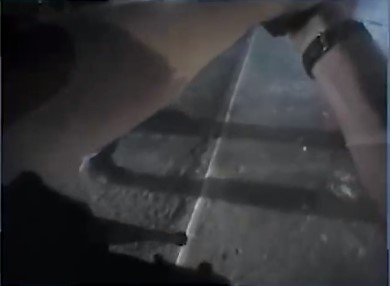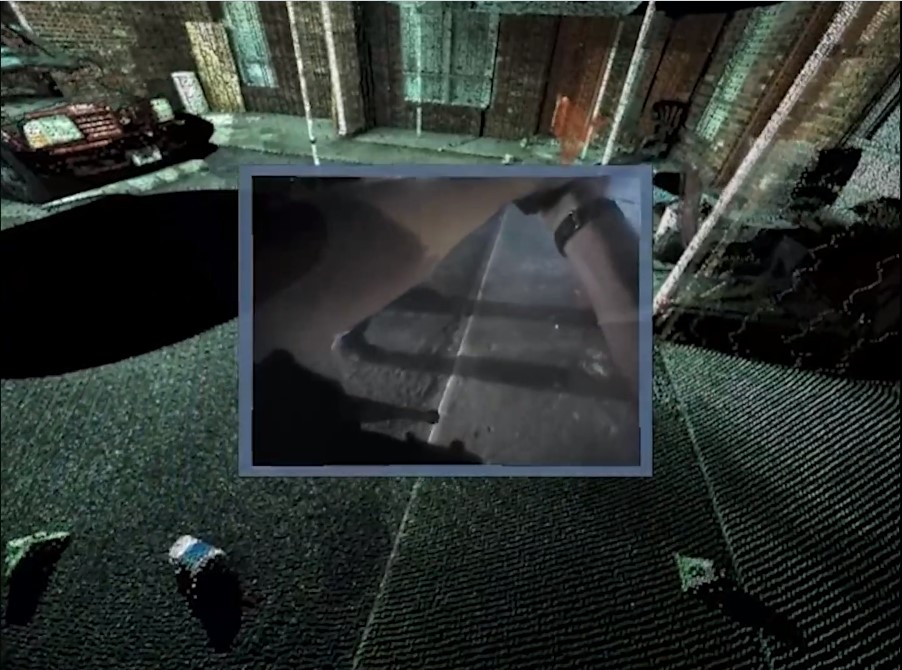
Knott Laboratory provides forensic engineering and animation, Civil & Structural, and Fire & Explosion Investigation services to reconstruct accidents.
Case Spotlight: Officer-Involved Shootings
Examining the evidentiary use of Body Worn Cameras in officer-involved shootings
A video shows us exactly what happened, right?
One intended benefit of the use of body-worn cameras (BWC) by police officers is to capture an unfiltered, real-time perspective of events, leading to better transparency. While this is a great endeavor, BWC footage alone does not achieve the goal.
While video footage is objective, it’s still subject to interpretation. Several issues also come into play, even distorting the image itself. We’ll discuss those another time and focus this post on the issue of limited field of view.
BWCs are typically positioned on the officer’s chest, providing a relatively narrow field of view. In high stress situations like officer-involved shootings, the camera misses crucial contextual information outside its frame. Even with multiple officers recording, the chaos of these situations hinders a clear understanding of the event and timing.
The case below is from an officer-involved shooting. The image on the left is a BWC frame from a responding officer just prior to firing his service weapon. This footage alone does not provide a clear understanding of the incident.
- Where was the suspect?
- Exactly how far is the suspect from the officer?
- Where are the other officers?
- What does the scene look like? Are there objects between the officer and suspect? The officer and others?
Where was the officer looking at this time? What could they see in their periphery? Remember, the BWC isn’t capturing the officer’s eyeline or field of view.
The image on the right shows the BWC frame fit into its correct location in time and space using 3D laser scanning and photogrammetry. Now we can begin to understand the situation.
We call this process Digital Media Forensics, and it results in a scientifically accurate recreation of the scene so the questions above may be answered. 3D laser scanning provides us with a file called a point cloud, from which our engineers can take accurate measurements, establish locations, and break down a millisecond-by-millisecond timeline of events.
To see more of the process, check out the video here.



